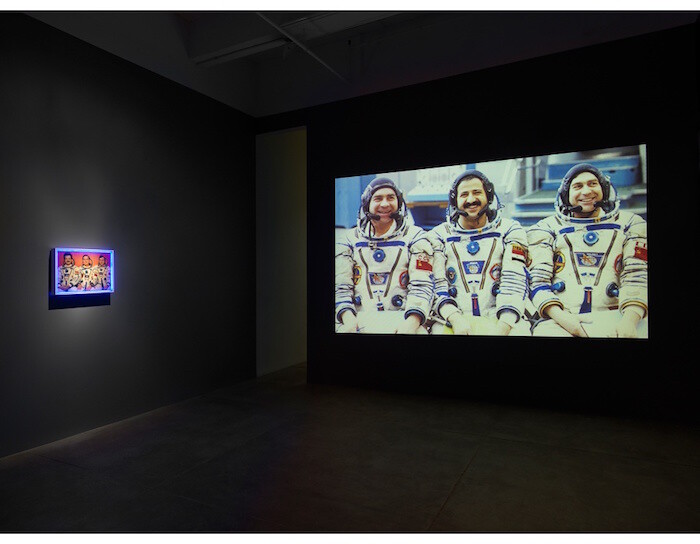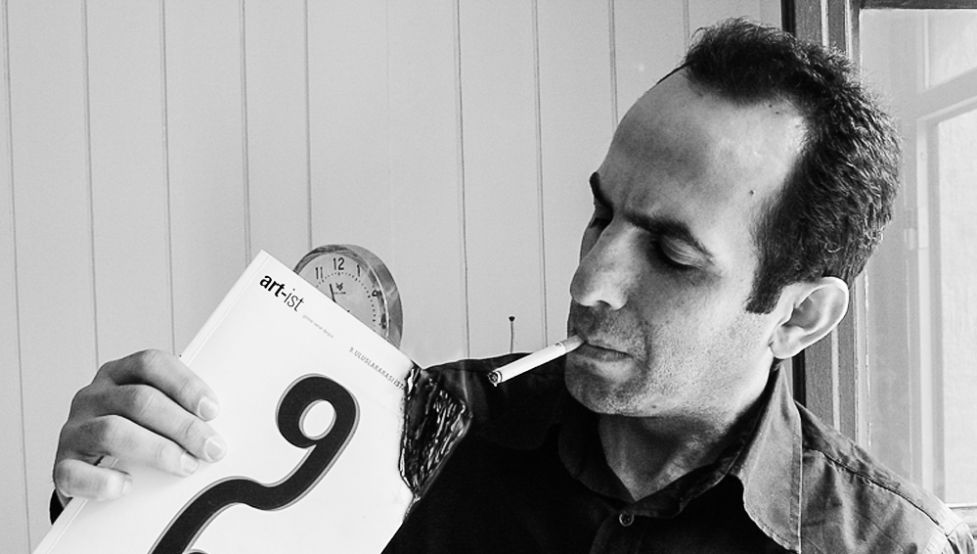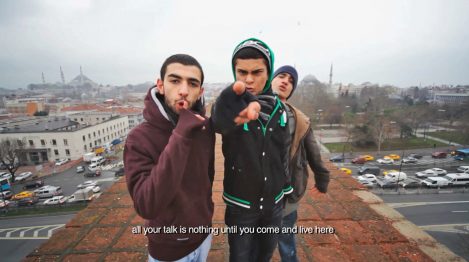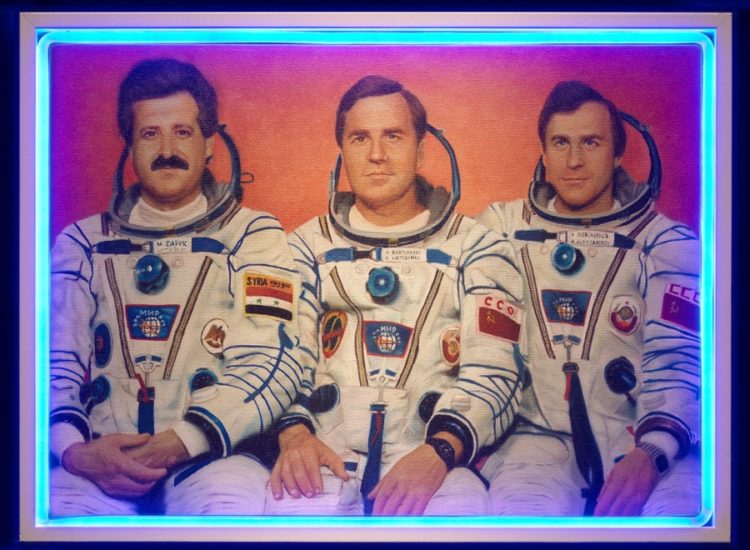Refugee on Mars? Ask Halil Alitindere
The sad news of the recent shipwreck of migrants off the coast of Calabria makes us reflect on what it means to be a refugee, to have to flee your country at the cost of risking your life, and not knowing what will be waiting for you during your escape or once you arrive on dry land.
“if no country wants them, let’s send the world’s refugees to Mars” is the ironic message of Space refugee, an installation by Turkish artist Halil Altındere presented at the Venice Biennale in 2019.
Standing out among the various parts of the project is the video that tells the story of Muhammed Ahmed Faris, the first and only Syrian Air Force colonel to have participated in the 1987 Soviet mission to the Mir space station.
Altındere meets Faris in Istanbul, where the former cosmonaut talks about how the experience in space changed his life and worldview. In particular, from the difficulties of leaving his home country to the criticism he later received from the incumbent president Hafez al-Assad himself, who hinders his willingness to share the journey with his fellow citizens.
The video, made by Altındere, investigates the peculiarities and problems encountered by Faris and hypothesizes a scenario in which the protagonist, accompanied by other explorers, puts into practice this extreme action that is the occupation of Mars, understood as free land on which to rebuild a country from scratch.

Halil Altindere, Space Refugee, 2016-2019 – Courtesy e-flux Criticism
“I hope we can rebuild cities in space for them, where there is freedom and dignity and where there is no tyranny, no injustice”.
Born in Mardin, south-east Turkey, in 1971, Altındere began his artistic career in the early 1990s, first as a member of an artist collective and later as an independent artist.

Halil Altindere – Courtesy Museo de Antioquia
Altındere’s works range from video and installations to photography and sculpture, featured by his use of several media to represent the complex and multifaceted world in which we live.
One of Altındere’s best-known works is ‘Wonderland’ a series of photographs and videos documenting the lives of people living in Rom communities in Turkey. The work, which has been shown in several international exhibitions, wants to highlights the cultural richness and creativity of these communities, which are often subject to discrimination and marginalization.

Halil Altindere, Wonderland, 2013 – Courtesy Moma
Altındere’s work stands out for his ability to combine political engagement with artistic research, using art as a tool to stimulate public debate and critical reflection on contemporary reality.

